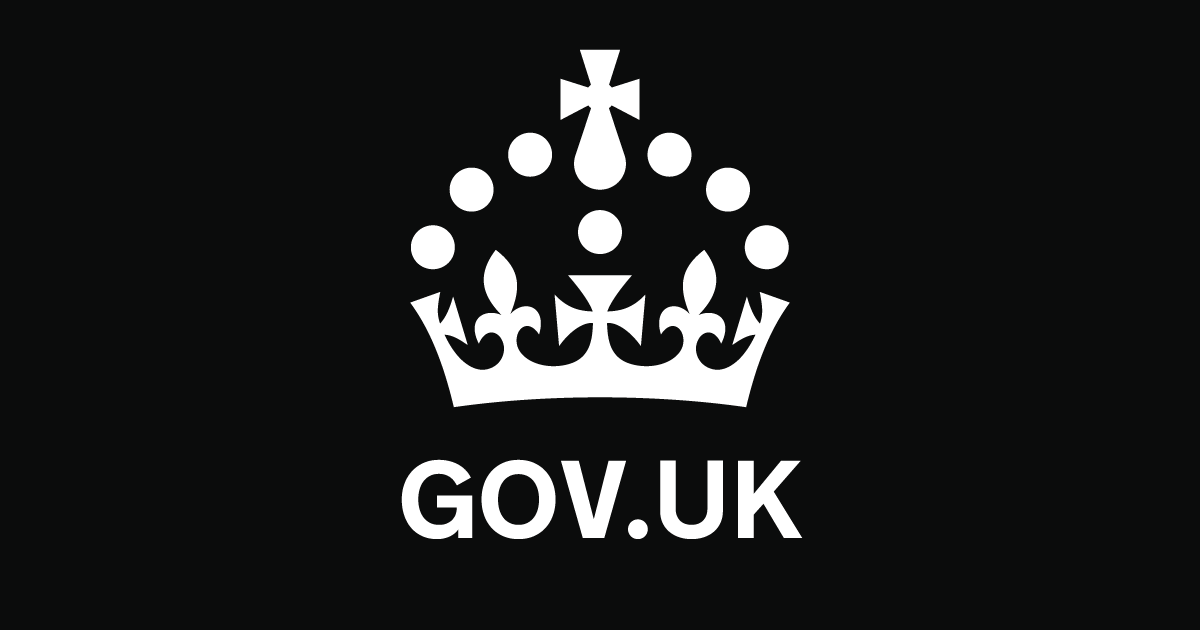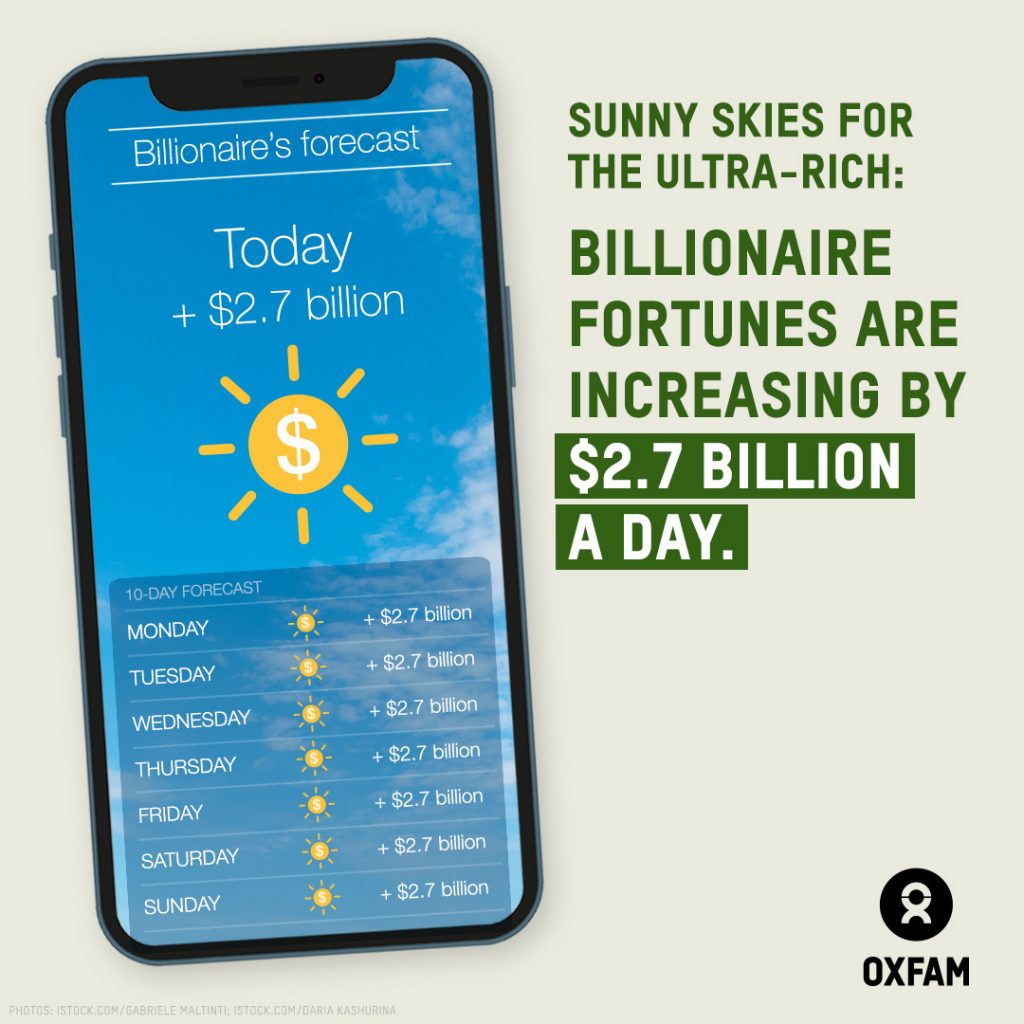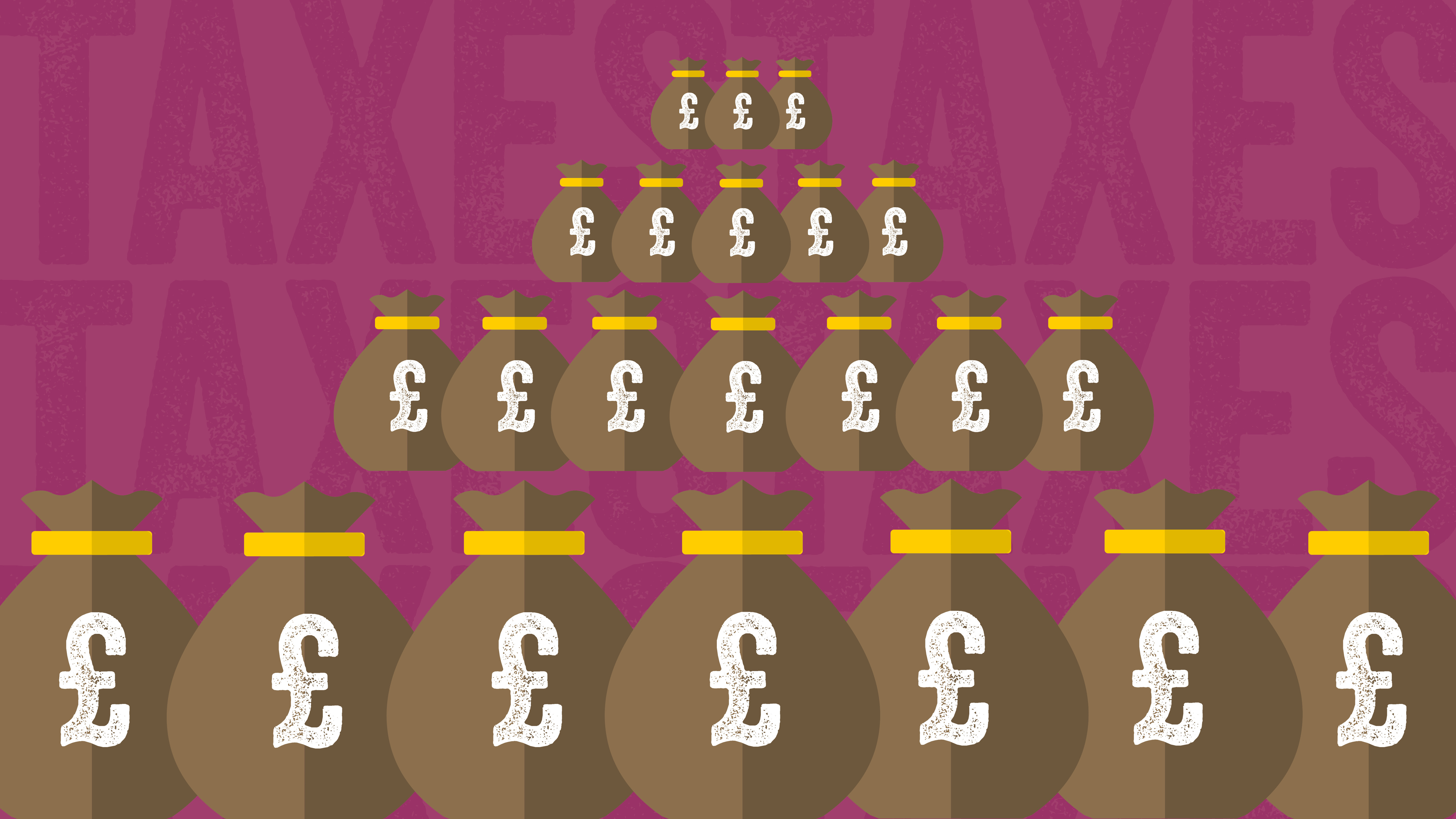I think you're being a bit disingenuous on points 1 and 4, or at least economical with the truth.
On point 1, as per the tables available here (Table 2.4);
These statistics are based on HMRC’s annual Survey of Personal Incomes, a representative sample of individuals in HMRC’s PAYE, Self Assessment and repayment claims administrative systems.

www.gov.uk
the share of income earned by the top 1% has gone up from its recent low in 2019-20, but at 13.0% in 2024 it remains below where it was 2008 (13.4%) and 2010 (13.9%). The same is also true for the top 5%; 25.2% of income in 2024 versus 26.4% in 2008 and 2010 (there are no data for 2009 unfortunately).
The share of income tax paid by the top 1% has however risen from 26.5% in 2010 to 28.5% in 2024, and for the top 5% the share has risen from 44.8% in 2010 to 49.2% in 2024. That's a major increase for the top 5% in particular, and so from the levels seen in the last couple of years of the previous Labour government, the share of income tax paid by the top 5% has clearly increased ahead of any change in the distribution of earnings.
To follow up on point 4, again I think by concentrating on just the latest annual movement you're distorting the picture provided. The top 50% paid 90.5% of income tax liabilities in 2024, down from a peak of 90.7% in 2022, but well up from the 88.8% seen in 2010. For completeness, the share of income earned by the top 50% has fallen from 77.1% in 2010 to 75.3% in 2024.
I appreciate the responses including source and statistics!
But I am not sure how what you have provided refutes or amends my point 1, nor do I think I have been disingenuous.
1) The passage immediately following the graph in the report explains to some extent the increased concentration of higher tax receipts from those with the highest incomes in 2020/2021, namely an “increase in the share of total income going to those at the top of income distribution”. In other words, intensifying wealth inequality is contributing to a larger proportion of tax receipts coming from the top income earners. As this overview benchmark is 2020/2021, this issue will have only become more severe over the last few years, as the shift in income distribution accelerated during the pandemic.
The first two sentences are factual regarding the overview that was referenced (that I had to track down because it wasn’t originally provided).
The third sentence is also still factually correct: the shift in income distribution favouring the top deciles accelerated during the pandemic (2020-to-present).
This also a great resource on the subject of Income Inequality in the UK:
Regarding your response to point 4:
4) Per HMRC, the share of tax paid by both the top 50% of earners and the top 1% of earners has actually fallen as of 2023/2024. Meaning, the tax burden of the top half of the income distribution has actually decreased.

www.gov.uk
Again, this is factual — the tax burden of the top 50% and the top 1% of earners has fallen as of 2023/2024.
And looking at the curve from 2008 to present is actually not particularly helpful, because the further out we go the less relevance it has to current policy analysis (time bias effect). I was also only providing context to an isolated graph provided without source, not attempting to undertake a survey of all shifts over the last 15-20 years (again, because it wouldn’t actually be that helpful to analysis of what should be done now given conditions are very, very different to during the GFC).
Beyond all of that, the editorial thrust of my post was in points 2, 3, and 5, given the content of the original graph provided:
I don’t think it is fair to characterise my factual response to that graph as “disingenuous” or “economical with the truth” given everything I said was true.
Now, if you want to argue that the income distribution trends over the last 15 years are more important than many believe (including myself) and that top earners are actually paying too high an overall share of taxes in light of that long frame curve, and that assets should continue to be taxed at the current low relative rate, which would have no negative impact on wealth inequality, I am happy to hear your argument for that.
Genuinely, as I am interested to see any research showing that growing wealth inequality could be combatted by relieving the tax burden on the top 50% of earners or the top half of wealth deciles.






